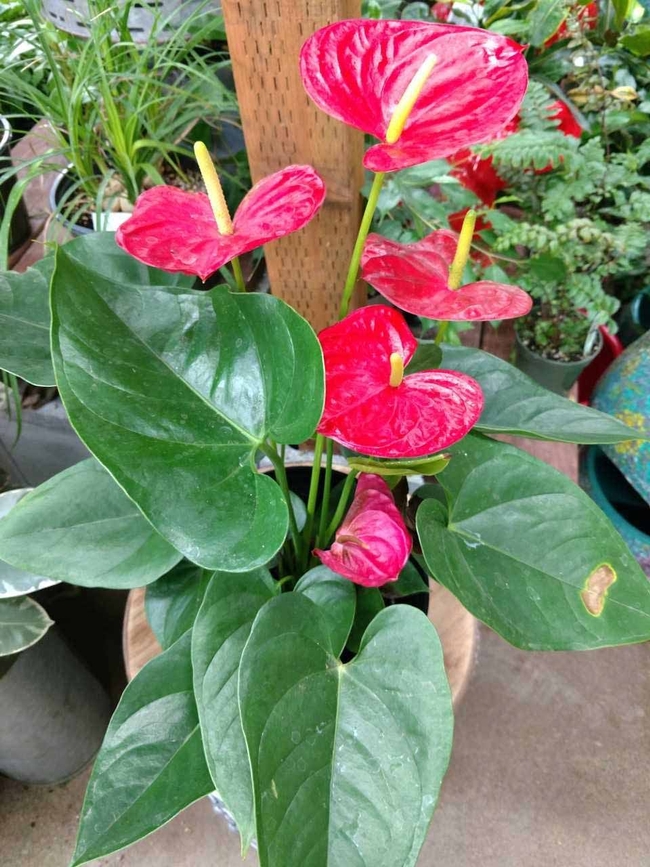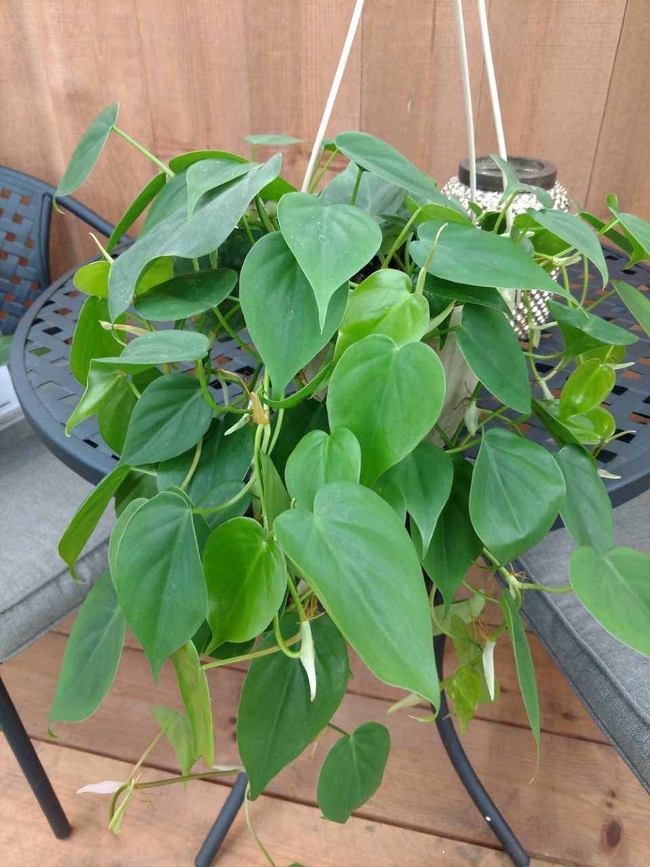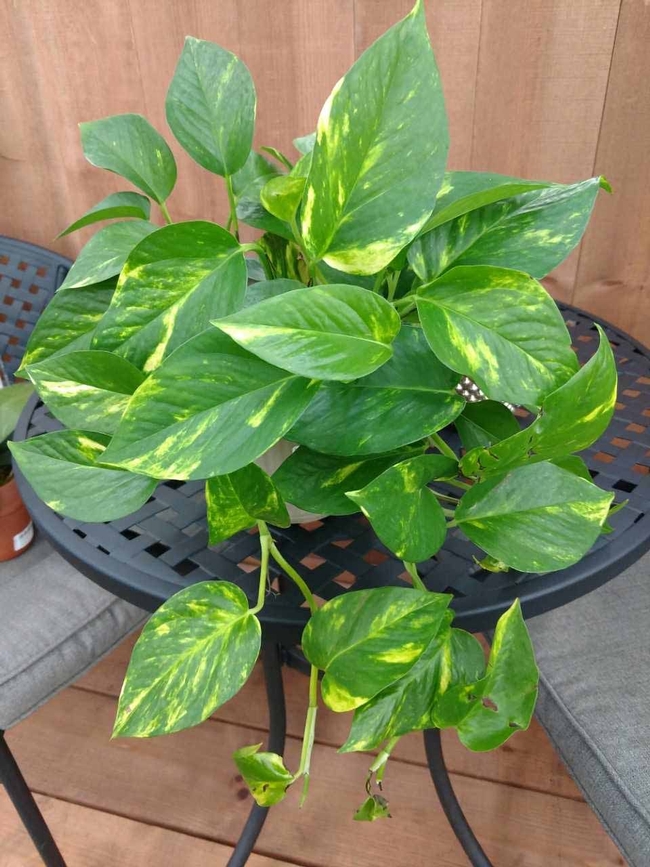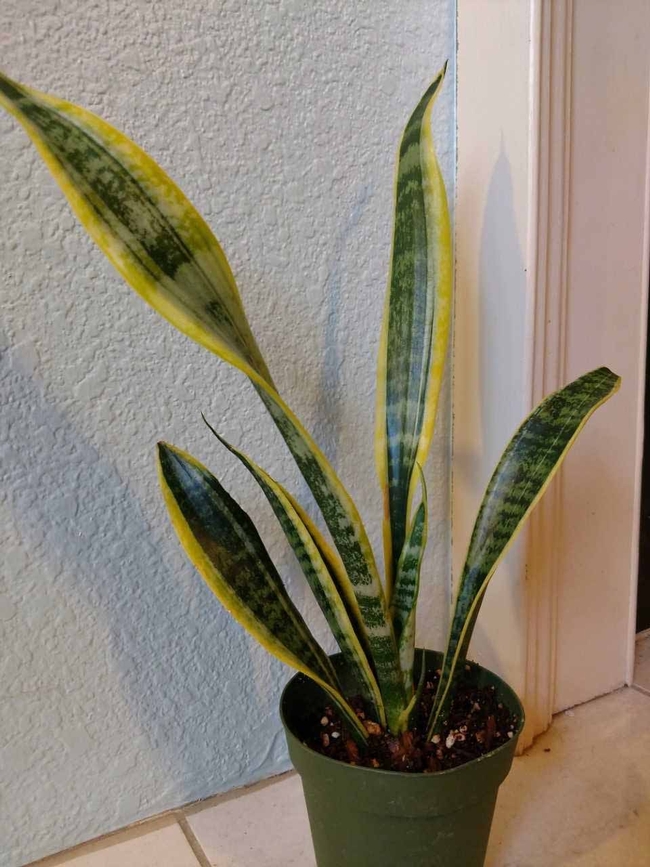Why not start the new year by bringing a new houseplant into your home, or perhaps even by starting an indoor garden to enjoy during the cold winter months?

- Sunlight
- Water
- Airflow/Humidity
- Supplemental Nutrients (fertilizer).
Sunlight. Never underestimate the importance of sunlight! If a plant isn't getting enough, it will become leggy and thin. If it gets too much, its leaves can burn. An east- or south-facing window is typically the ideal choice for houseplants. Try to avoid placing a houseplant where direct sun will shine through the window on the plant, as this will cause leaf-burn from the bright reflected light. Instead, give the plant as much indirect bright light as possible.

Airflow. Often overlooked, this is an important requirement for the over-all health of the plant and the prevention of indoor pests. It is important to place an indoor plant somewhere that will get regular air circulation, but no blasts of freezing winter air or stifling summer heat from a frequently-opened door. Plants require both carbon dioxide from the air for photosynthesis and oxygen for respiration, which is the basis for all growth processes. If they are placed in a dusty, forgotten, water-stressed location, they will struggle to thrive and become an appealing target for spider mites.

Supplemental Nutrients. An application of fertilizer—even just a few times a year or at a weaker dosage more often — can greatly improve the vitality of your houseplant. Fertilizer replaces the nutrients that a plant uses up in its lifecycle and cannot acquire naturally when confined to a pot. The type and composition of the fertilizer needed depends on the type and size of the plant. Always follow fertilizer directions closely and do not use more than the recommended amount. Do not apply fertilizer to a sick, weak, or wilted plant, as it can cause more stress and may kill the plant.
The following are tried-and-true houseplants:
Tough, easy-to-care-for houseplants for beginners: Snake Plant, also known as Mother-in-Law's Tongue (Sansevieria spp.); Cast Iron Plant (Aspidistra elatior); ZZ Plant, also known as Aroid Palm (Zamioculcas zamiifolia); Heartleaf Philodendron (Philodendron cordatum); and Pothos, also known as Devil's Ivy (Epipremnum aureum).

Houseplants with unique foliage: Rhizomatous Begonias (Begonia spp.); Norfolk Island Pine (Araucaria heterophylla); Wandering Jew (Tradescantia zebrina); and Swiss Cheese Plant (Monstera deliciosa).
Many of these plants will be discussed in greater detail in the next Real Dirt Column.
UC Master Gardeners of Butte County are part of the University of California Cooperative Extension (UCCE) system. To learn more about us and our upcoming events, and for help with gardening in our area, visit our website. If you have a gardening question or problem, email the Hotline at mgbutte@ucanr.edu (preferred) or call (530) 538-7201.